Maharana Kumbha of Mewar, who was the preceptor of medieval Indian renaissance, built his greatest monument, the Kirttistambha in the fort of Chittorgadh (Rajasthan) between 1440 and 1460 A.D. It is generally known by the misnomer ‘Vijaya-Stambha’ (The tower of victory), though it was not built to commemorate a military event. The author has examined here the fundamental question: what was the ‘idea’ which led to its incarnation in such a beautiful ‘form’, under such headings as ‘Mahameru’, ‘Vedic Skambha’, ‘Trailokya-Mahagrha’ and Garuda and Janardana Dhvaja-Stambha; enumerated the classical background of this thought and philosophy; and traced the various stages of its development, and representation thereof in stone. It has been architecturally studied and the sculptures of Hindu Gods and Goddesses which make it an Illustrated Dictionary of Hindu Mythology and a unique work on medieval iconography, as much as on architecture, have been identified. Texts and translations of epigraphs including the Kirttistambha-Prasasti (which was carved on four stone-slabs); colophon-prasastis of his literary works; and Vastu-texts on kirttistambhas have been given in 12 appendices. The text is adequately illustrated by 16 figures and 48 b&w plates.
Chittorgadh Kirtti-Stambha of Maharana Kumbha
In stock
Free & Quick Delivery Worldwide
reviews
Bibliographic information
Title
Chittorgadh Kirtti-Stambha of Maharana Kumbha
Author
Edition
1st ed.
Publisher
ISBN
8170173582
Length
xx+254p., Figures; Plates; Maps; Appendix; Notes; References; Bibliography; Index; 28cm.
Subjects

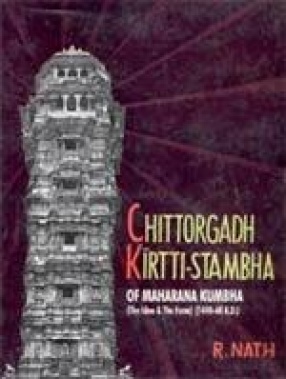
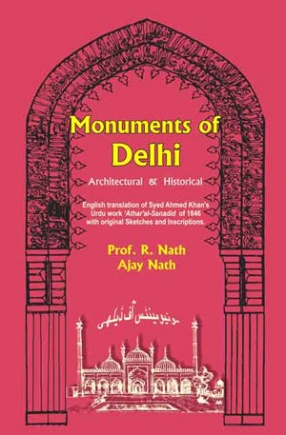

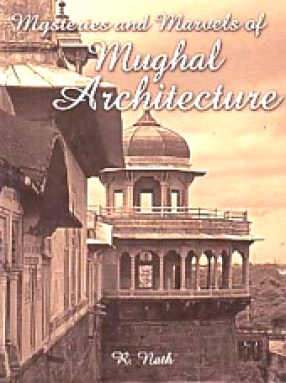

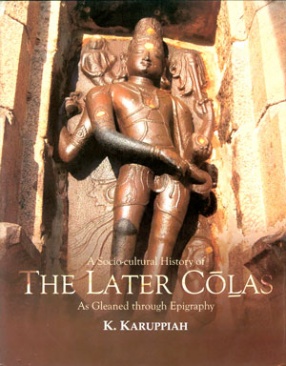
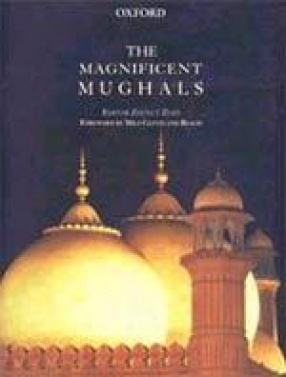
There are no reviews yet.